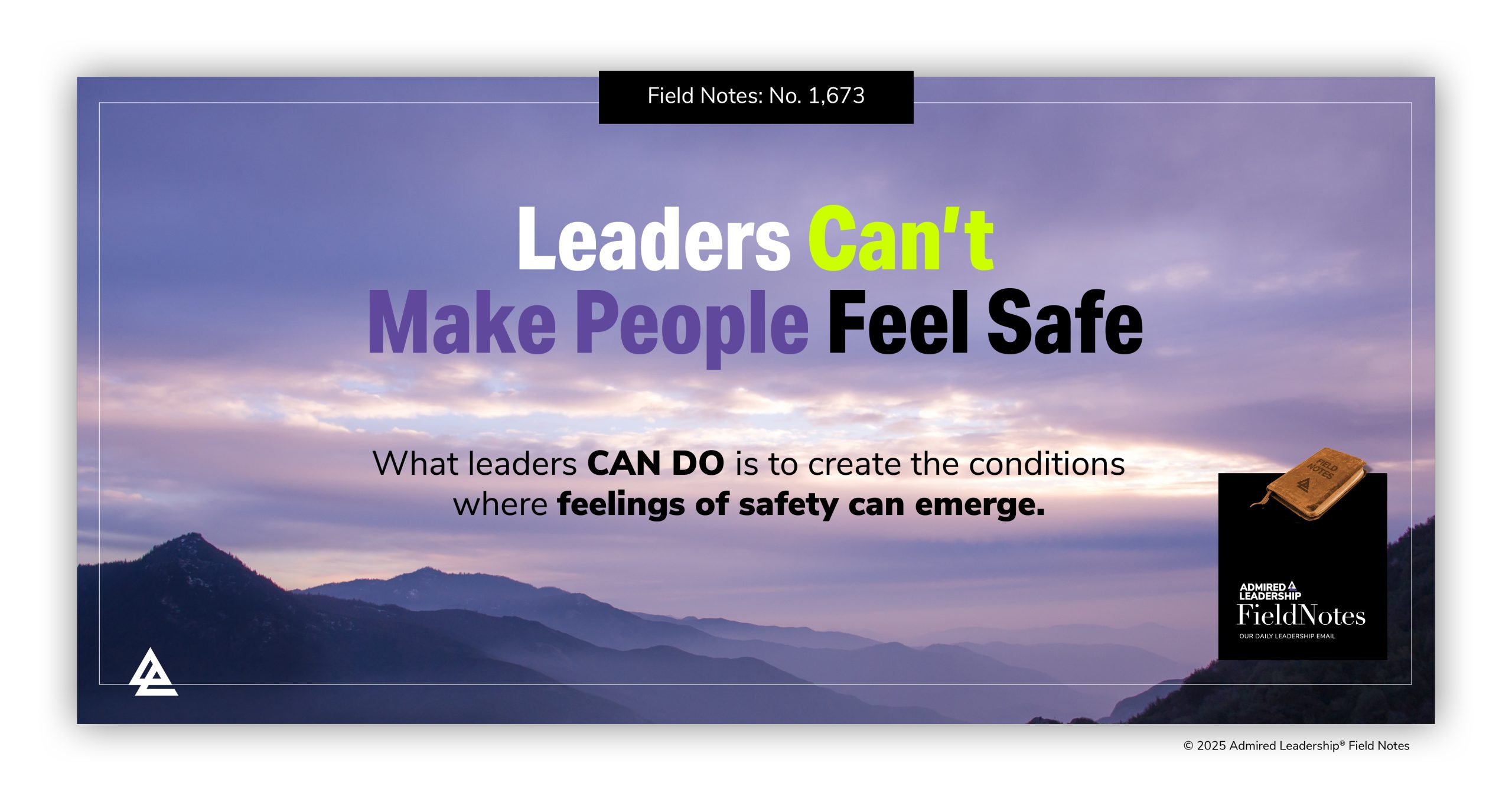Field notes
Field Notes
Our daily Field Notes email is just the kind of jumpstart you need. A fast read. Maybe less than a minute. Because sometimes it just takes one insight to change the trajectory of the day.
Search Field Notes
Emotion creates distraction and anxiety. But when it's over, let emotion fuel you. Celebrate wins, connect with your team, and harness that energy for what's next.
Recognizing Opinions That Come From Fear and Insecurity.
Opinions come in all shapes, sizes, and colors. Some are grounded in facts and data, while others are situated in experience and intuition. Good leaders consider everyone’s opinions while forming their own.






